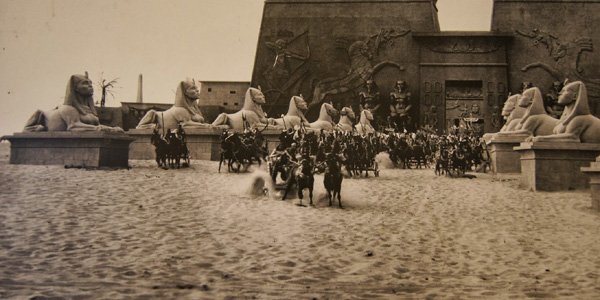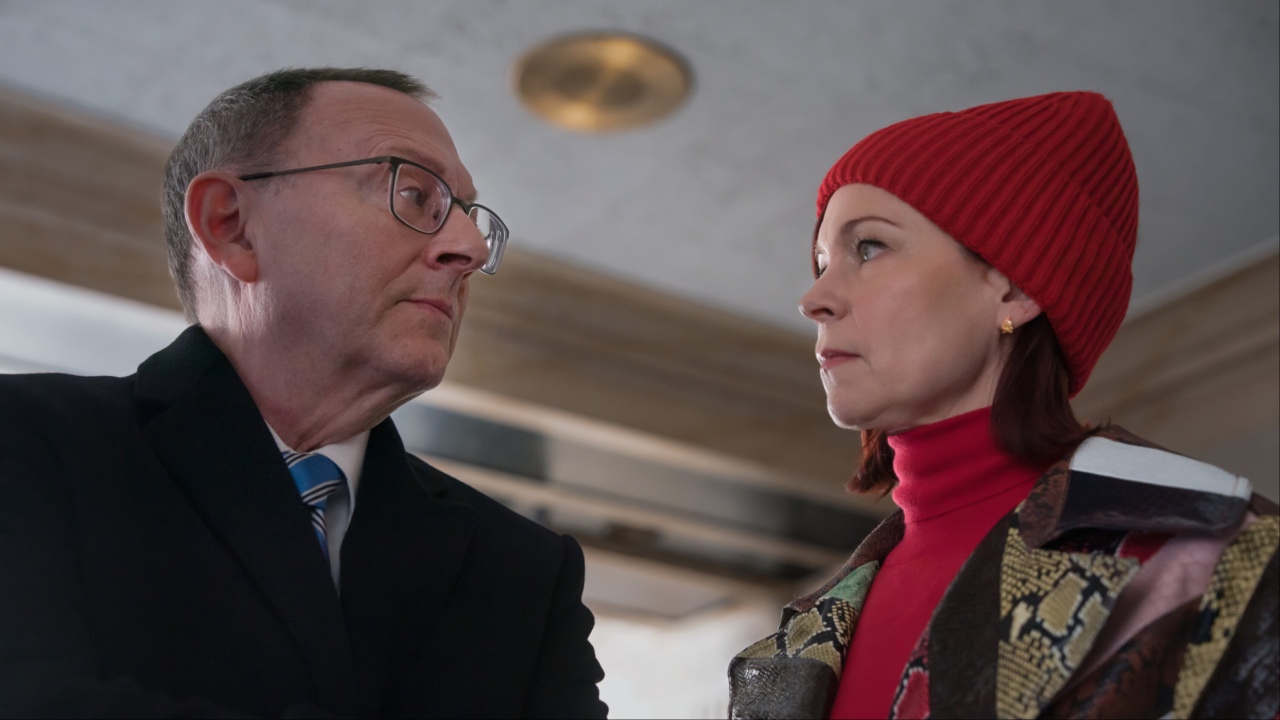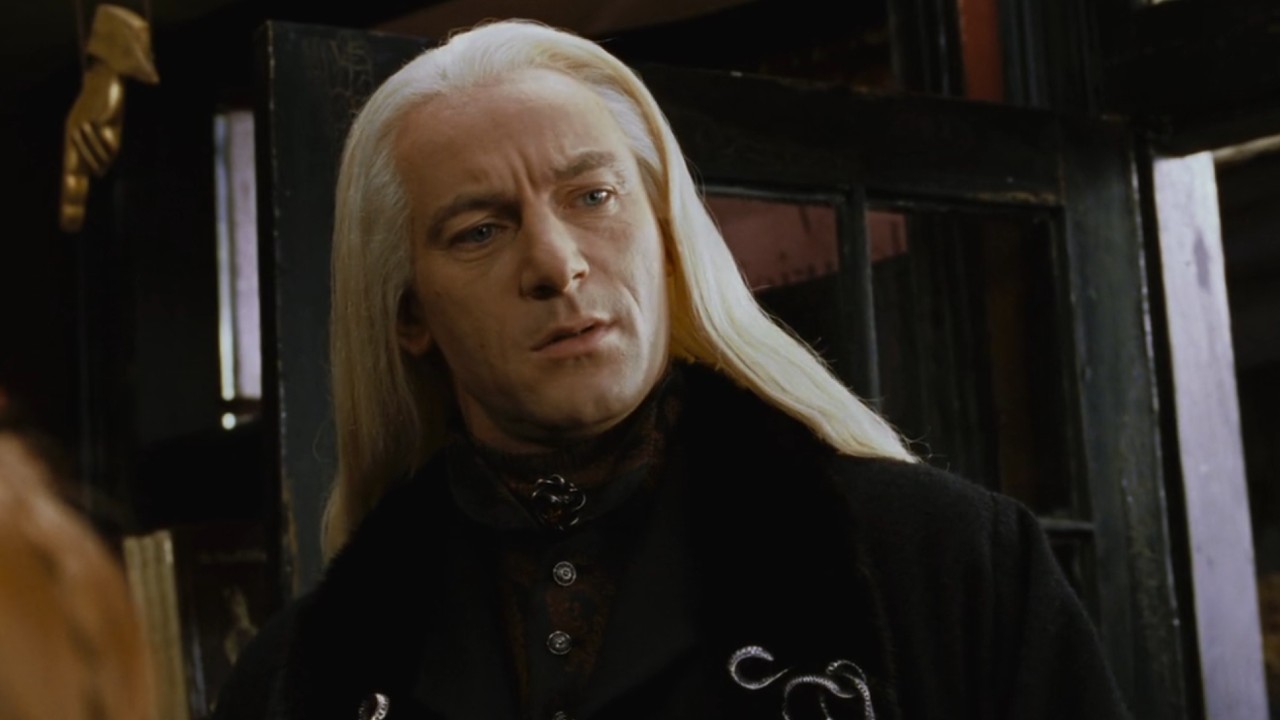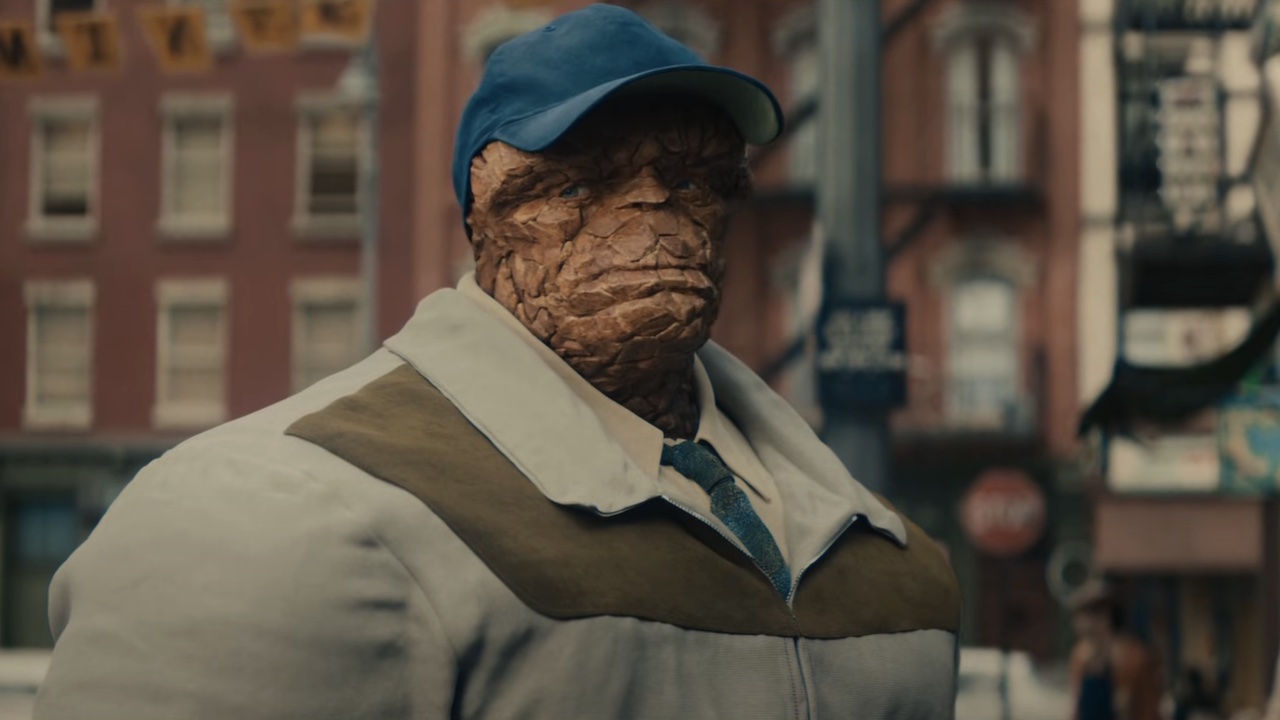How The Sphinx From The Ten Commandments Went Missing For Almost A Century

Back in 1923, director Cecil B. DeMille did his part to define what a cinematic epic could be. Telling the story of the Jewish exodus from Egypt, The Ten Commandments was an absolutely giant production, forced to build everything practically simply because visual effects weren't really an option. Hollywood legend has said that the remnants of the film were destroyed after the feature was completed, but now a very cool archeological find has uncovered not only a massive piece of set decoration, but also the truth behind the myth.
LiveScience is reporting that a dig out in Guadalupe, California has uncovered one of the 21 giant Sphinx statues that was made out of plaster for set decoration on The Ten Commandments (which DeMille later remade with Charlton Heston as Moses). It's a pretty massive find, given that there has long been a rumor in the movie industry that all of the sets and decoration from the epic were blown up with dynamite and buried in a trench after the film had been completed. While this would have been an epic finish for epic production, apparently that story is untrue. Instead, Doug Jenzen, the executive director of the Guadalupe-Nipomo Dunes Center, says that the Sphinx was merely weather-beaten by wind, rain and sand and ended up getting buried "under the ever-shifting dunes."
There is already a plan to put the Sphinx on display for the public to see, but that's going to take some time. As you can imagine, the large plaster creature has experienced some rough conditions in the last nine decades and will need to be fixed up a bit before it's ready for presentation. It could be available to see as soon as next year.
In the film, the Sphinxes were part of the facade to Pharaoh's City, which was even more massive than the 15 foot tall statues - measuring "an estimated 12 stories tall and about 720 feet across." Back in the early 1920s, the parts of the sphinxes' body were made in Los Angeles, transported the 165 miles to the Guadalupe desert, and then were constructed on set. Excavation of the movie set began back in the 1990s when archaeologists started digging up items like old tobacco tins and cough syrup bottles (LiveScience notes that cough syrup was used as an alcohol substitute during the Prohibition Era. In 2012 a team found the head of a sphinx, but were unable to get the body. They were brought back to the site a few weeks ago when winds exposed the body of another sphinx, leading to the most recent dig and discovery.
Those who wish to take a trip back to the days of old Hollywood will be able to see the reconstructed sphinx on display at the Dunes Center next year.
CINEMABLEND NEWSLETTER
Your Daily Blend of Entertainment News

Eric Eisenberg is the Assistant Managing Editor at CinemaBlend. After graduating Boston University and earning a bachelor’s degree in journalism, he took a part-time job as a staff writer for CinemaBlend, and after six months was offered the opportunity to move to Los Angeles and take on a newly created West Coast Editor position. Over a decade later, he's continuing to advance his interests and expertise. In addition to conducting filmmaker interviews and contributing to the news and feature content of the site, Eric also oversees the Movie Reviews section, writes the the weekend box office report (published Sundays), and is the site's resident Stephen King expert. He has two King-related columns.










